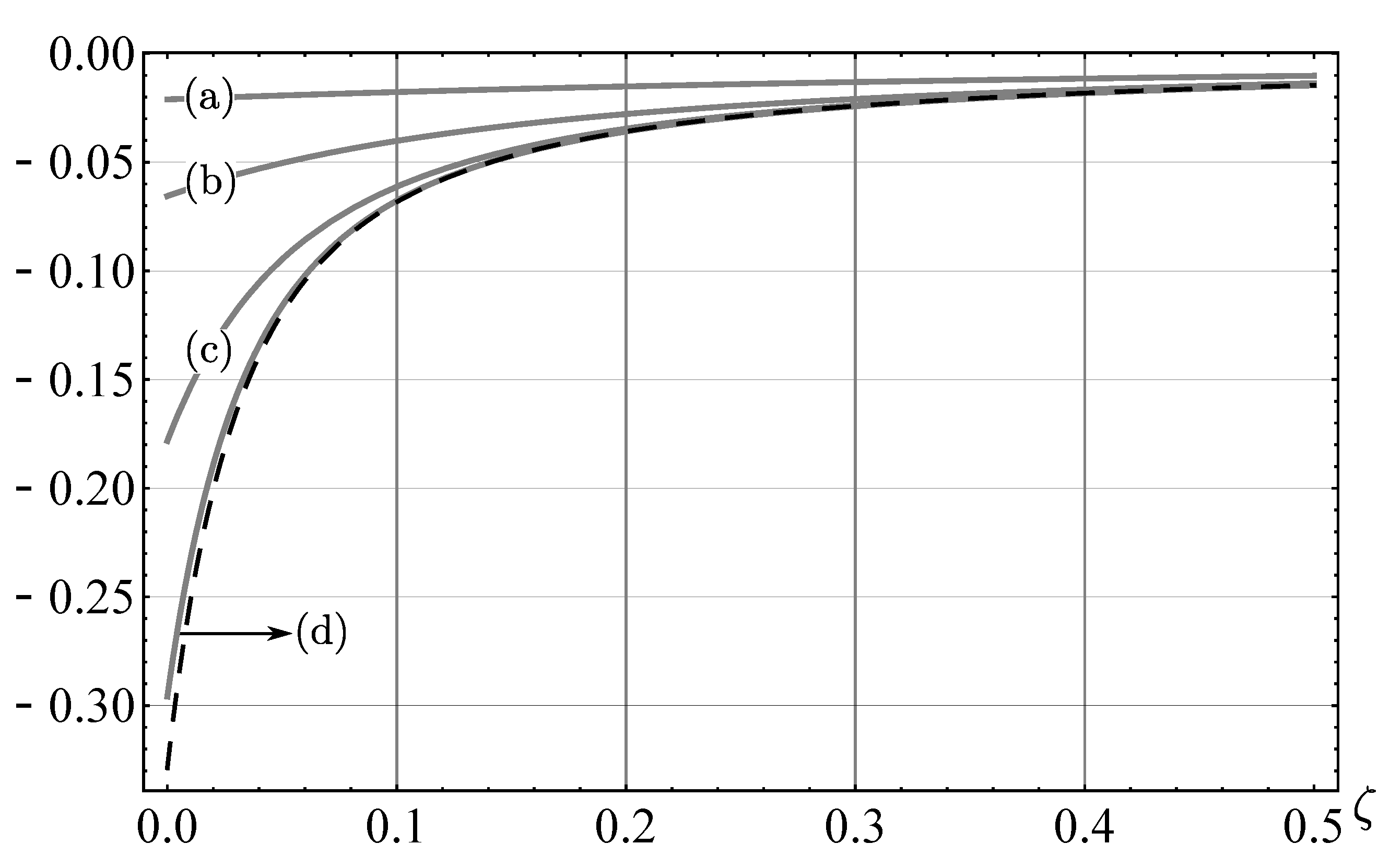Contents

Source: MDPI
Understanding Saturation Energy in Laser Physics
The concept of saturation energy is pivotal in the realm of laser physics. It is crucial for optimizing laser performance and understanding the behavior of laser gain media and saturable absorbers. This article delves into the intricacies of saturation energy, its implications, and its significance in laser design.
What is Saturation Energy?
Saturation energy refers to the pulse energy of an incident short signal pulse that reduces the gain of a laser gain medium to approximately 37% of its initial value. In the context of a saturable absorber, it is defined based on the reduction of loss.
Gain and Loss Reduction
The reduction in gain or loss is measured immediately after the pulse, not as an average over the pulse duration. The pulse duration is typically much shorter than the upper-state lifetime, rendering spontaneous emission and energy addition from the pump source negligible.
Calculating Saturation Energy
For low-gain laser amplifiers, saturation fluence and energy can be calculated based on several factors including photon energy, emission and absorption cross-sections, and mode area. In four-level gain media, reabsorption on the laser transition does not occur, simplifying the calculation. However, in quasi-three-level laser gain media, this factor must be considered.
Effective Saturation Energy
When a pulse passes multiple times through an amplifier medium, an effective saturation energy can be defined. This is reduced by a factor that takes into account the number of passes.
Importance of Saturation Energy
Saturation energy is a critical parameter in laser design and operation, influencing several aspects:
- Energy Extraction: It determines the pulse energy required to extract most of the stored energy from a gain medium. In some media with low emission cross-sections, the saturation fluence may exceed the damage fluence, limiting energy extraction.
- Gain and Stored Energy Relation: In low-gain four-level laser amplifiers, the logarithmic gain coefficient is the ratio of stored energy to saturation energy.
- Q-Switched Laser Performance: The pulse energy from a Q-switched laser is generally close to the saturation energy unless the gain is very high.
- Mode-Locked Laser Design: The saturation parameter, which is the ratio of pulse energy to saturation energy of a saturable absorber, is crucial in designing passively mode-locked lasers.
Conclusion
In summary, saturation energy is a key concept in laser physics, affecting the design and performance of various laser systems. Understanding its role and implications helps in optimizing laser technologies for diverse applications.

Source: YouTube
Feel free to comment your thoughts.



